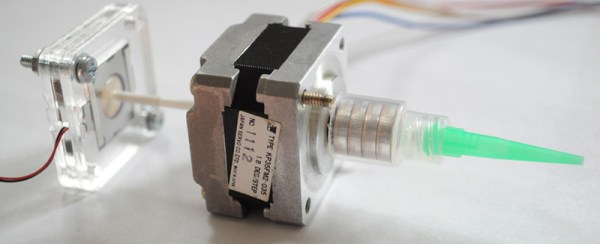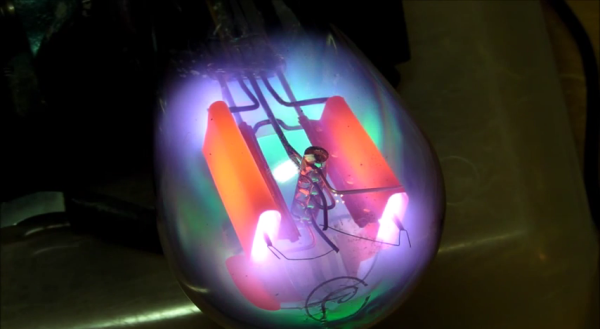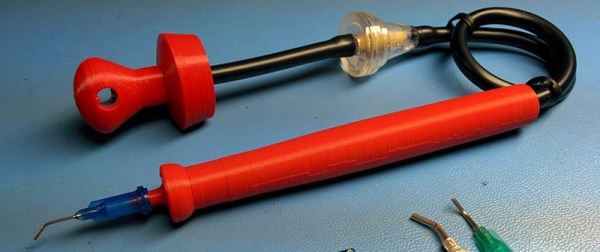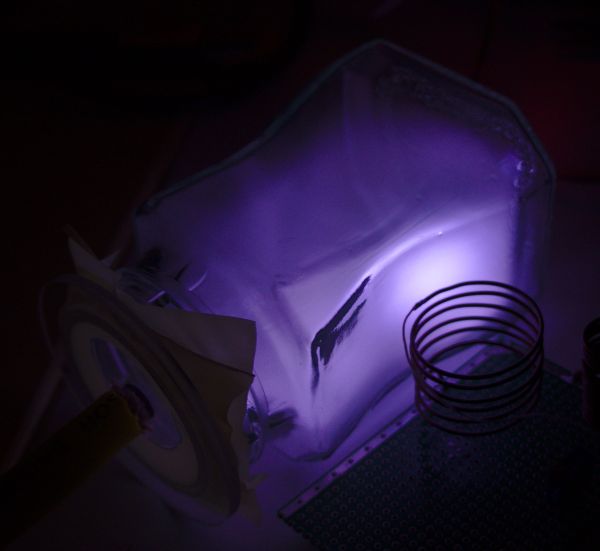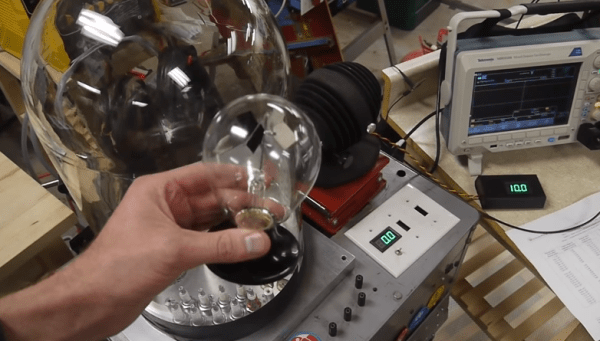It’s pretty much guaranteed that when working with small parts, you will drop at least one. This phenomenon is just how the universe works, there is no avoiding it. Digging though a carpet or dirty shop floor usually results in frustration and subsequent scrambling for a replacement part. Tired of crawling around on his knees looking for runaway parts, [Frank] decided to do something about it. He made a vacuum attachment that helps with the search… and it’s made from stuff he had kicking around the house.
The idea here is to suck up and contain the part without having it making it’s way into the vacuum. To do this there would have to be an intermediate chamber. For this, [Frank] used a multi-pack CD container. This was a great choice because it is clear, allowing him to see what enters the container, and it unscrews quickly making it easy to retrieve the tiny part. The inlet and outlet connectors are made from PVC and are attached to the CD container’s base with adhesive. To keep the debris from getting past the CD container, an old kitchen strainer was cut up and the screen material was used to only let air pass. Once a shop-vac is connected to the outlet pipe, the sucking can begin. [Frank] shows that he has to sift through a bunch of shop-floor crud to find his dropped screw, but it works!

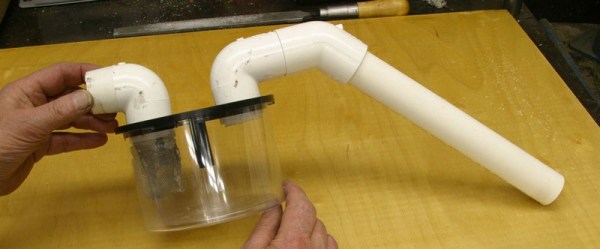

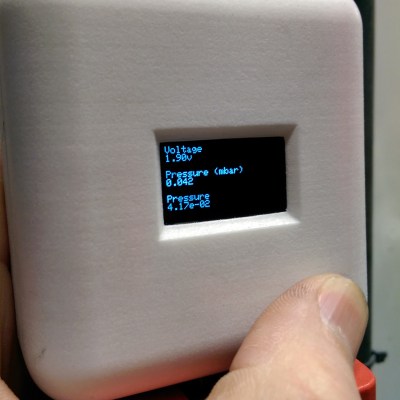 This project goes a little beyond simple Arduino programming though. A 12V to 5V power supply drives the device, which is laid out on a blank PCB. The display fits snugly over the circuit which reduces the footprint of the project, and the entire thing is housed in a custom-printed case with a custom-printed pushbutton. The device gets power and data over the RJ45 connection so no external power is needed. If you want to take a look at the code,
This project goes a little beyond simple Arduino programming though. A 12V to 5V power supply drives the device, which is laid out on a blank PCB. The display fits snugly over the circuit which reduces the footprint of the project, and the entire thing is housed in a custom-printed case with a custom-printed pushbutton. The device gets power and data over the RJ45 connection so no external power is needed. If you want to take a look at the code, 